Regulatory Support and Quality Standards
Regulatory support and the establishment of quality standards are crucial factors influencing the Blood Coagulation Testing Market. Governments and health organizations are increasingly implementing stringent regulations to ensure the safety and efficacy of diagnostic tests. This regulatory framework not only enhances consumer confidence but also encourages innovation among manufacturers. Compliance with these standards often leads to the development of more reliable and accurate testing solutions, which can significantly impact patient care. As the Blood Coagulation Testing Market adapts to these evolving regulations, it is likely to witness growth driven by the demand for high-quality testing products.
Rising Incidence of Coagulation Disorders
The increasing prevalence of coagulation disorders, such as hemophilia and thrombosis, is a primary driver of the Blood Coagulation Testing Market. According to recent data, the incidence of hemophilia is estimated to be around 1 in 10,000 births, leading to a growing demand for accurate and timely testing solutions. This rise in disorders necessitates advanced coagulation testing methods to ensure effective management and treatment. As healthcare providers seek to improve patient outcomes, the Blood Coagulation Testing Market is likely to experience significant growth, driven by the need for reliable diagnostic tools that can facilitate early detection and intervention.
Growing Demand for Home Healthcare Solutions
The trend towards home healthcare is influencing the Blood Coagulation Testing Market significantly. Patients with chronic conditions, including those requiring regular coagulation monitoring, are increasingly opting for home testing solutions. This shift is driven by the convenience and comfort of conducting tests at home, which can lead to better adherence to treatment regimens. Market data indicates that the home healthcare segment is projected to grow substantially, with a notable increase in the availability of user-friendly coagulation testing devices. As a result, the Blood Coagulation Testing Market is likely to expand as manufacturers develop products tailored for home use.
Increased Awareness of Preventive Healthcare
There is a growing awareness of preventive healthcare among the population, which is positively impacting the Blood Coagulation Testing Market. Individuals are becoming more proactive in managing their health, leading to an increase in routine screening for coagulation disorders. This trend is supported by healthcare campaigns that emphasize the importance of early detection and management of blood-related conditions. As more people seek preventive testing, the demand for coagulation tests is expected to rise, thereby driving growth in the Blood Coagulation Testing Market. This shift towards preventive measures may also encourage healthcare providers to incorporate regular coagulation assessments into standard care protocols.
Technological Innovations in Testing Methods
Technological advancements in blood coagulation testing methods are transforming the Blood Coagulation Testing Market. Innovations such as point-of-care testing devices and automated laboratory systems enhance the accuracy and efficiency of coagulation assessments. For instance, the introduction of portable devices allows for rapid testing in various settings, including emergency departments and outpatient clinics. This shift towards more accessible testing solutions is expected to increase the adoption of coagulation tests, thereby expanding the market. Furthermore, the integration of artificial intelligence in testing processes may improve diagnostic precision, further propelling the Blood Coagulation Testing Market.
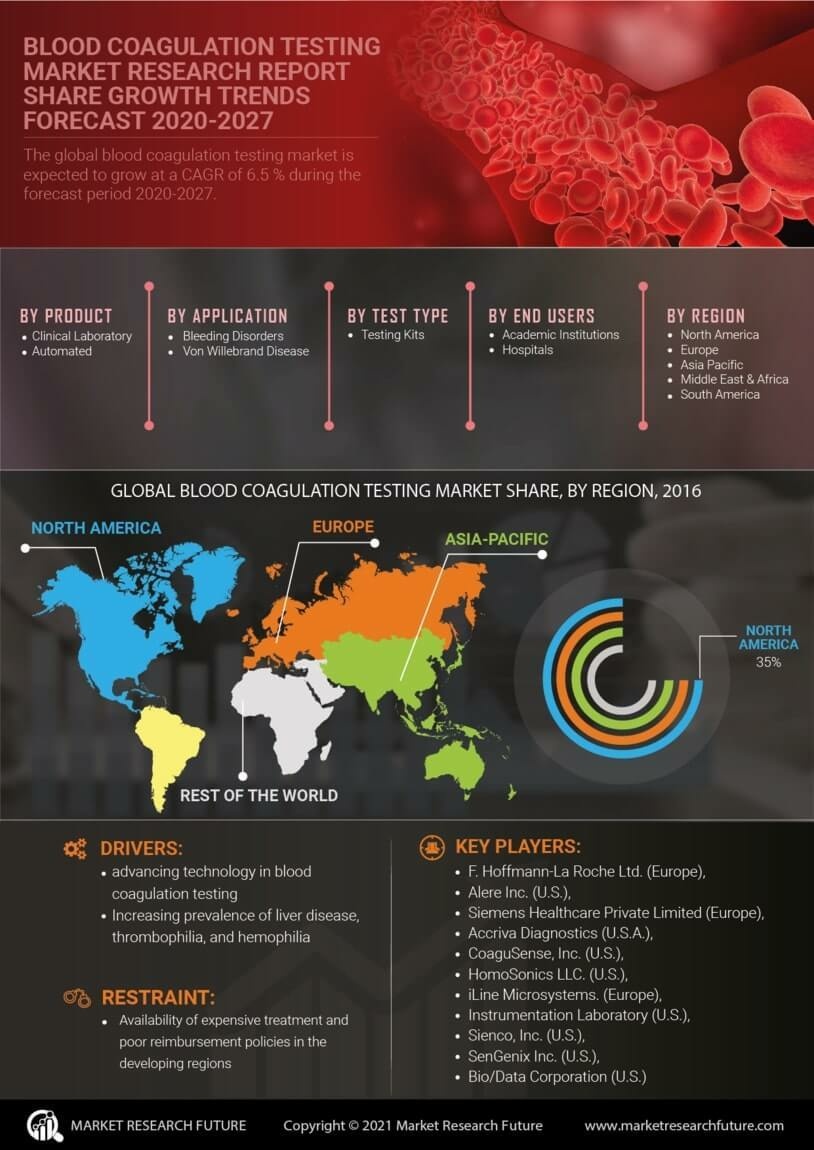

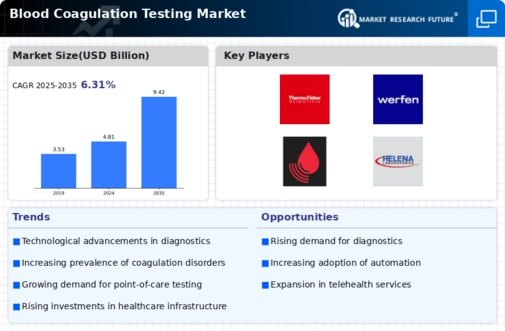
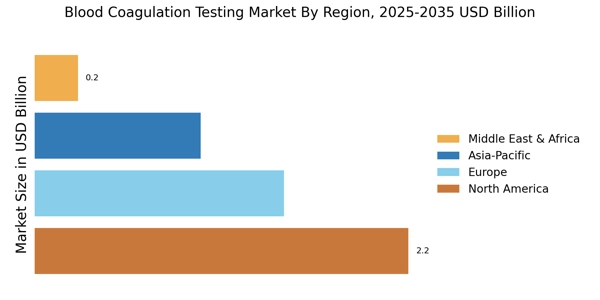
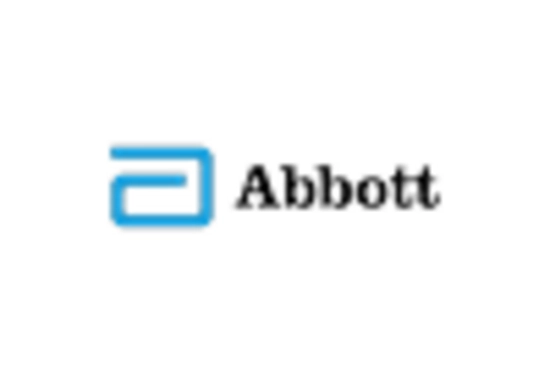
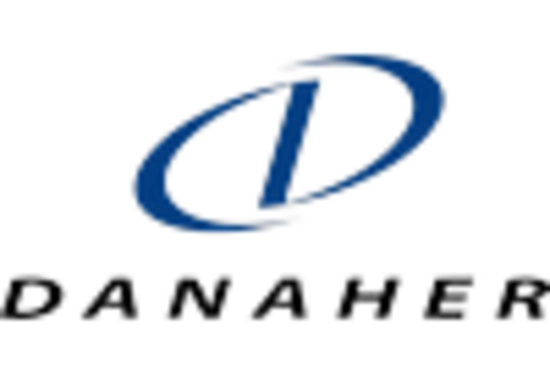
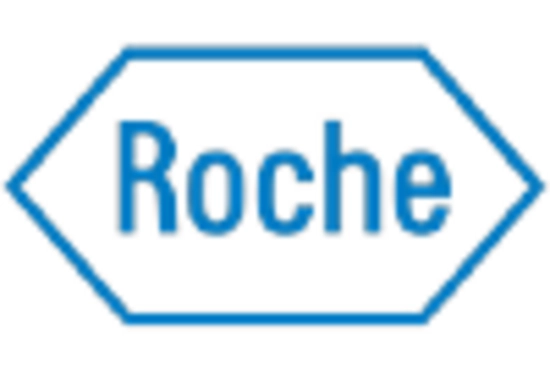
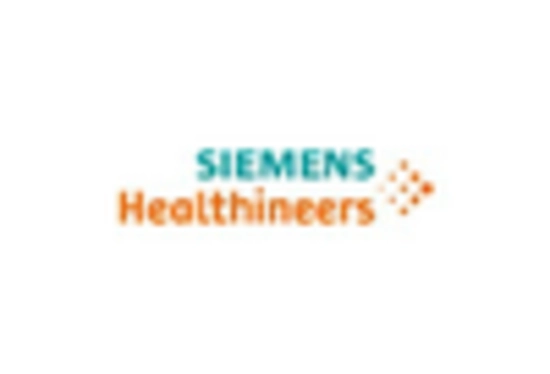
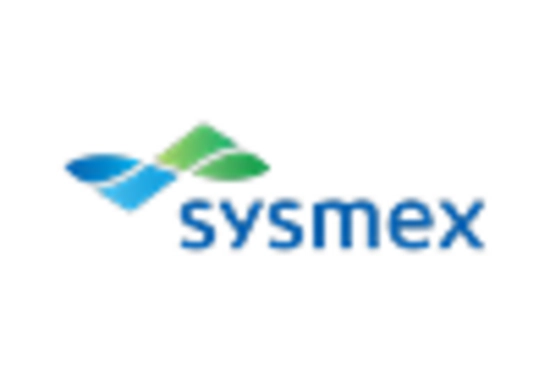









Leave a Comment